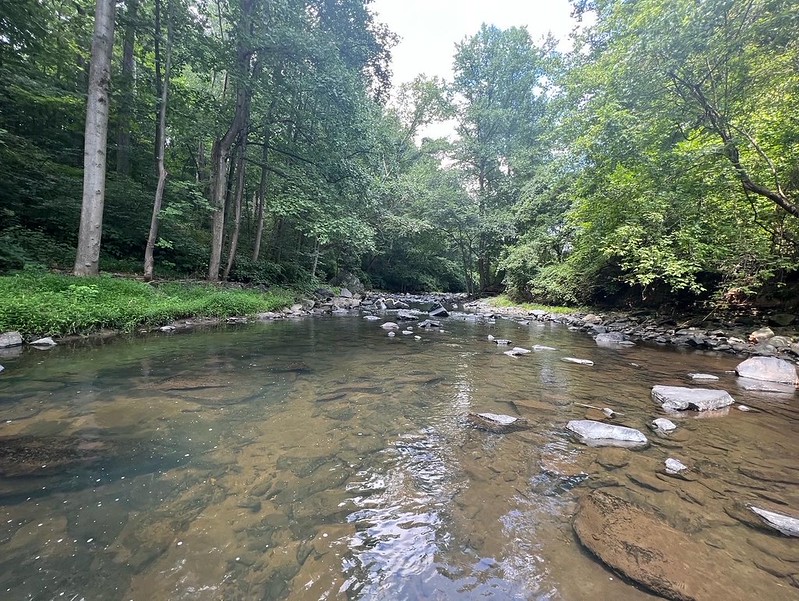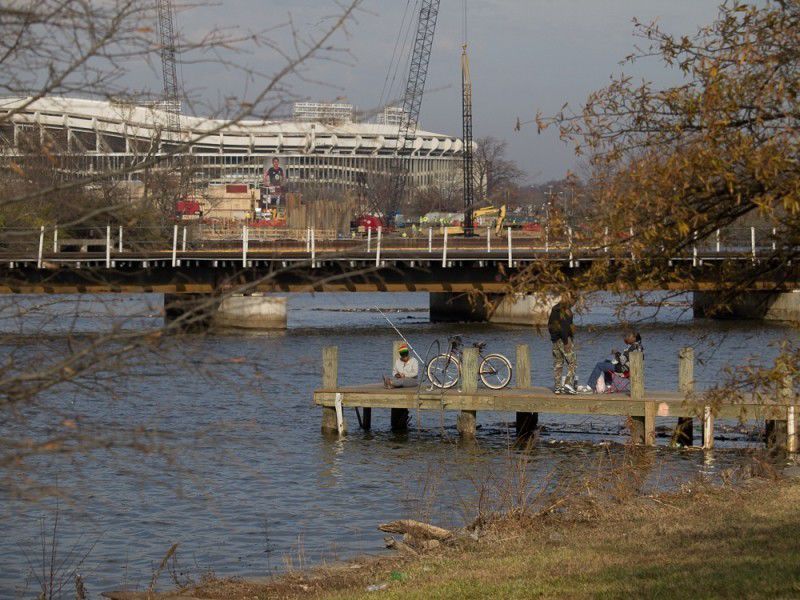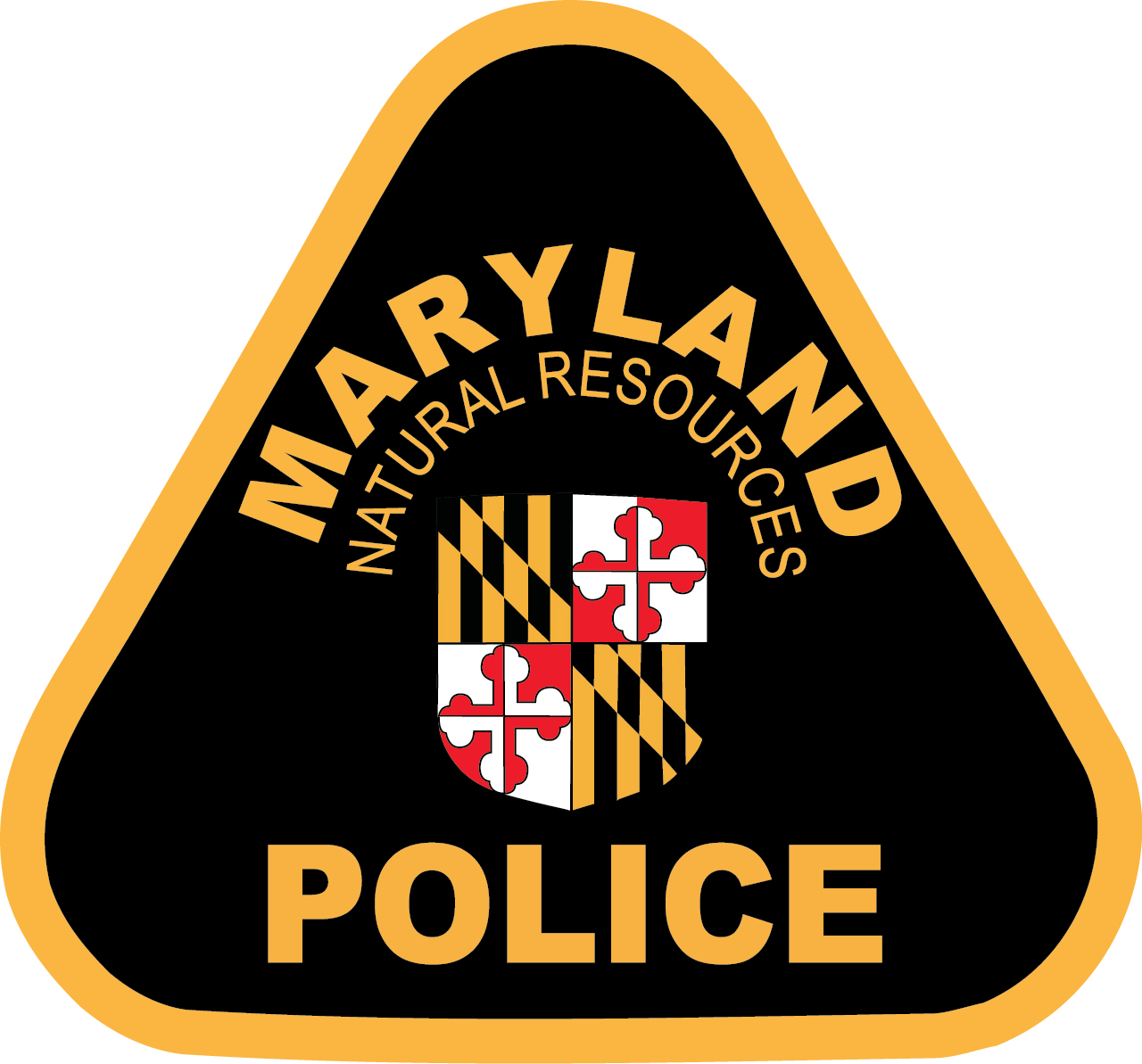The U.S. Environmental Protection Agency is celebrating the 50th anniversary of the 1972’s landmark Clean Water Act with a nationwide tour, and this week federal leaders stopped in Maryland to highlight improvements to the Chesapeake Bay.
On Monday, U.S. Environmental Protection Agency (EPA) Assistant Administrator for Water Radhika Foxa and EPA Regional Administrator for the Bay, Adam Ortiz, joined state and local leaders at Sandy Point State Park to mark the long-term shift in water health along the Bay.
“When Congress passed the Clean Water Act in 1972—with an overwhelming bipartisan majority—it charted a new path for America’s waters. As a result, we have seen transformational progress over the last 50 years—waters that were once polluted are now fishable and swimmable,” said EPA Assistant Administrator for Water Radhika Fox.
“In just a few decades we are turning around 400 years of degradation of the Bay and the waters that flow into it. There is much still to do but there is certainly much to celebrate,” said Ortiz.
The EPA says investments in Bay pollution control have made for cleaner water will notably increase the region’s economy, making it an economic powerhouse. The Clean Water Act authorized the Chesapeake Bay Program, which brings together the feds and all the Bay watershed states to remain accountable for their impact on Bay health.
The Bay’s “pollution diet” implemented in 2010, formally known as the Chesapeake Bay Total Maximum Daily Load (TMDL), put specific deadlines and parameters around improving harmful nutrient loads flowing into the Bay.
“Prior to the Bay TMDL being implemented, it was estimated that the Chesapeake Bay provided economic benefits to the region in the amount of $107.2 billion annually. It is further estimated that after the Bay TMDL is fully implemented, that annual value will increase by $22.5 billion,” EPA says.
“The Clean Water Act has been essential to Bay restoration,” said Hilary Falk, President of the Chesapeake Bay Foundation. “The law provides the legal framework we depend on to reduce pollution in streams, rivers, lakes, and coastal waters throughout the Chesapeake Bay watershed. Without it, we could not have stemmed the flow of untreated sewage, toxic waste, and other harmful pollutants that industrial facilities once sent directly into our waterways.”
EPA leaders say the Bipartisan Infrastructure Law, which invests $50 billion in EPA’s water programs, will be critical in restoring and protecting the Bay habitats that drive its health and the region’s economy. It includes $12.7 billion through the Clean Water State Revolving Fund programs, funding that can be traced back to the 1987 amendments to the Clean Water Act.
Leading up to the Clean Water Act’s official 50th Anniversary on October 18, EPA’s ongoing tour will highlight waters that are “essential to healthy people, vibrant ecosystems, agricultural productivity, and economic growth” like the Chesapeake, the Florida Everglades, Boston Harbor, the Cuyahoga River and San Francisco Bay.
-Meg Walburn Viviano




